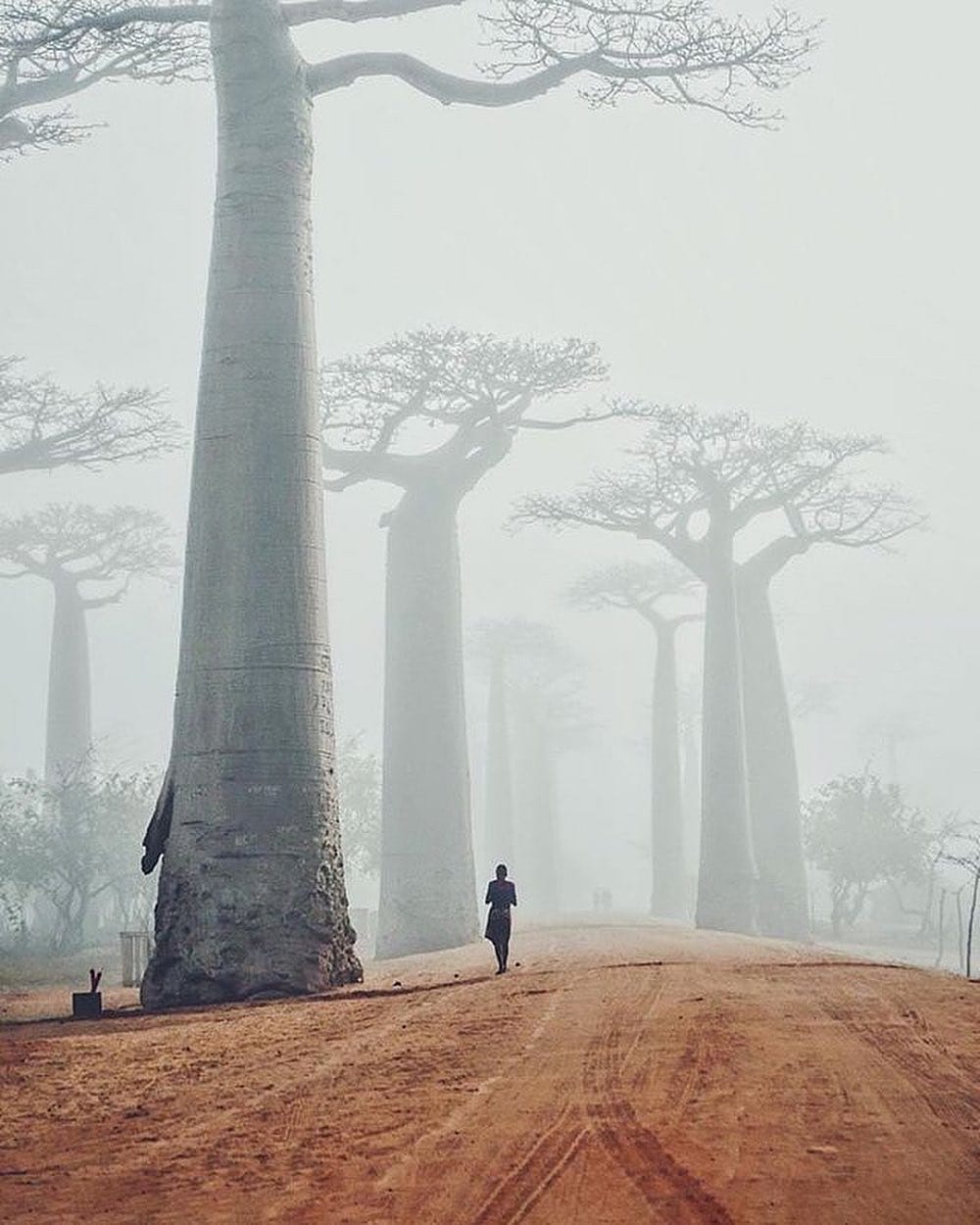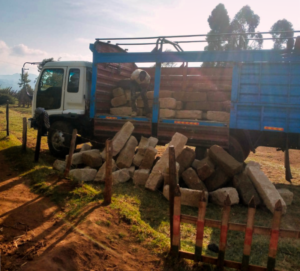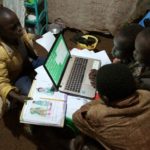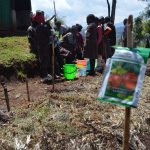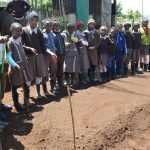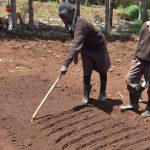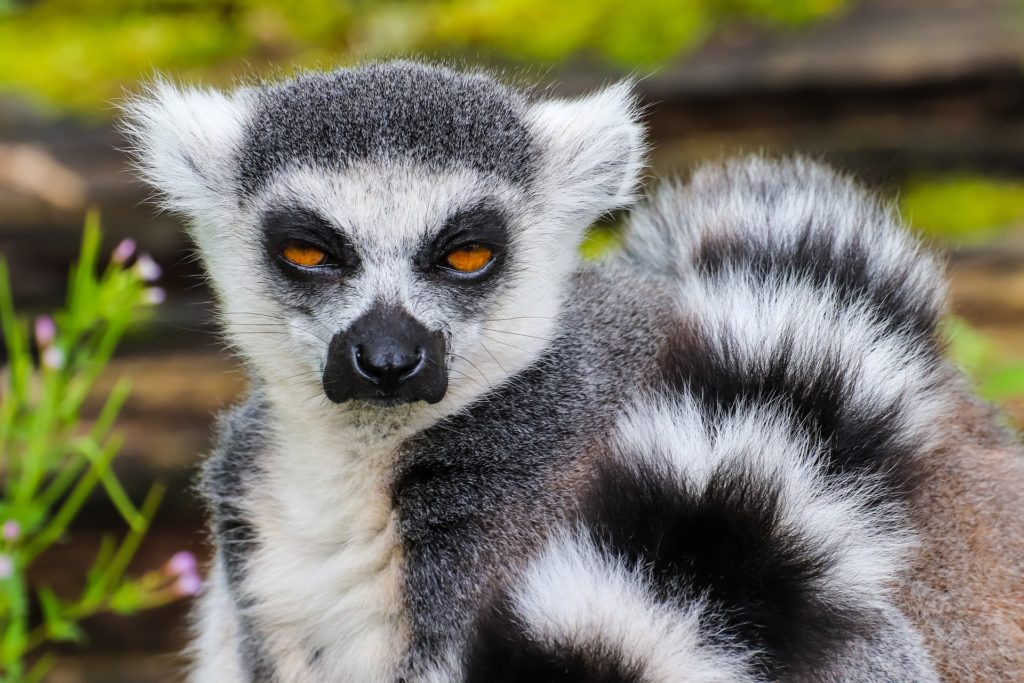
Though Madagascar is among the poorest countries in the world, the people are among the most friendly people in the world.
- Madagascar is the world’s fourth largest island. It’s 587,712 square kilometres in size.
- A person from Madagascar is called a Malagasy.
- Madagascar is home to 70 species of lemurs found nowhere else on Earth.
- More than 50% of the world’s chameleon population is found on Madagascar and over 300 species of reptiles not found anywhere in the world but Madagascar.
- The Malagasies have have closer
roots to Southeast Asians than
Africans. Yes it’s considered part of African continent because this is the place closest. Most population are not indigenous people, many can claim their heritage from South East Asia, commonly known as Austronesians. - The capital city of Madagascar is Antananarivo, also commonly referred to as Tana. Antananarivo is the country’s largest city with more than 3.6 million people.
- Madagascar was a French colony, where they (French) ended monarchy in 1897 after absorbing the island, from which they gained independence in 1960.
- The country is a constitutional democracy.
- Malagasy and French are both official languages.
- Madagascar split away from the
African continent about 180 million years ago. About 80 million years ago the landmass broke away from India.
Therefore it has a very unique flora and fauna. Madagascar is one of the 17 megadiverse countries in the world. - The country is also known as the
“Great Red Island” for its iron-rich red soil. Intensive red soil is found mainly in the central highlands. - The baobabs are tree species that
is endemic to Madagascar. The baobab alley in western Madagascar is home to six of the eight species of baobab that are found in Madagascar only. Some of the baobabs in this alley are up to 800 years old. The baobab tree is called reniala in the Malagasy language. Often people also refer to the tree as bottle tree as the trunk of the baobab tree stores lots of water. Baobab are considered sacred by local people. The baobabs have long trunks as they grow up to 30 m/ 98 ft in height. Going and traveling to famous corridors of baobab is free of charge. - Madagascar is the world’s largest
vanilla export country and produces about half of the world’s vanilla crops. Vanilla is the second most expensive spice after saffron because it is very labour-intensive to grow vanilla plants. Vanilla beans were introduced to Madagascar in the 19th century. - While there are large numbers of Christians, Mormons, and Muslims, the majority of the Malagasy people follow their own unique religion which can be traced from South East Asia.The creator in this religion is known as Zanahary or Andriamanitra, and they are genderless. The creator can bless or punish its people accordingly, and so the followers try their best to not offend them.
- During 1800s, there was a mad queen known as Queen Ranavalona, she killed those who got in her way, and grew paranoid, killing even those who dared not. She attempted to eradicate Christians from the Island. She became to be known as the most murderous woman of all time. She hated British and French. She used her own people in slave labor. By the end of her 33-year reign, the population was cut by half.
- Moraingy is a form of bare-fisted combat sport, and many of the people on the island take part. To outsiders, it can seem brutal, but it’s a part of local culture which should be understood.
- In Madagascar, both men and women can wear the same items of clothing.
- More than 10,000 native species of plants have been identified, of which 90 % are endemic and found only in Madagascar. However, many are critically endangered.
- Madagascar is said to have lost 80% to 90% of its ‘original’ forests from prehistoric times, however, that can’t be proven. What is certain is that when human arrived in Madagascar more than 2,000 years ago, they began a process of fire, logging and grazing that has reduced plant life. Today the primary causes of large-scale deforestation include slash and burn vegetations for agricultural purposes, selective logging for construction materials and clearing of forest for mining. This is a very serious problem that is threatening the survival of flora and fauna that are endemic to Madagascar.

